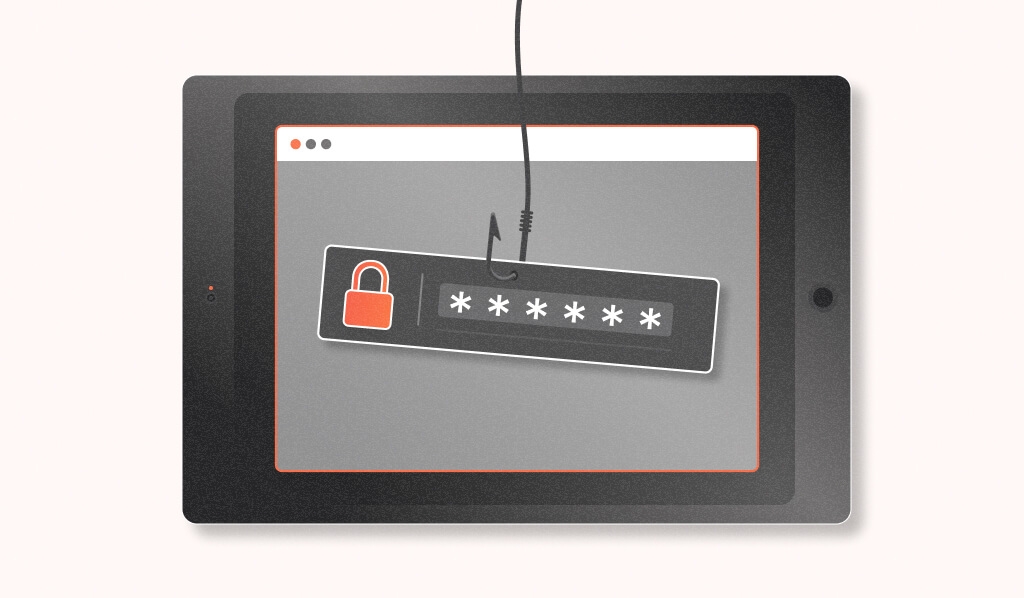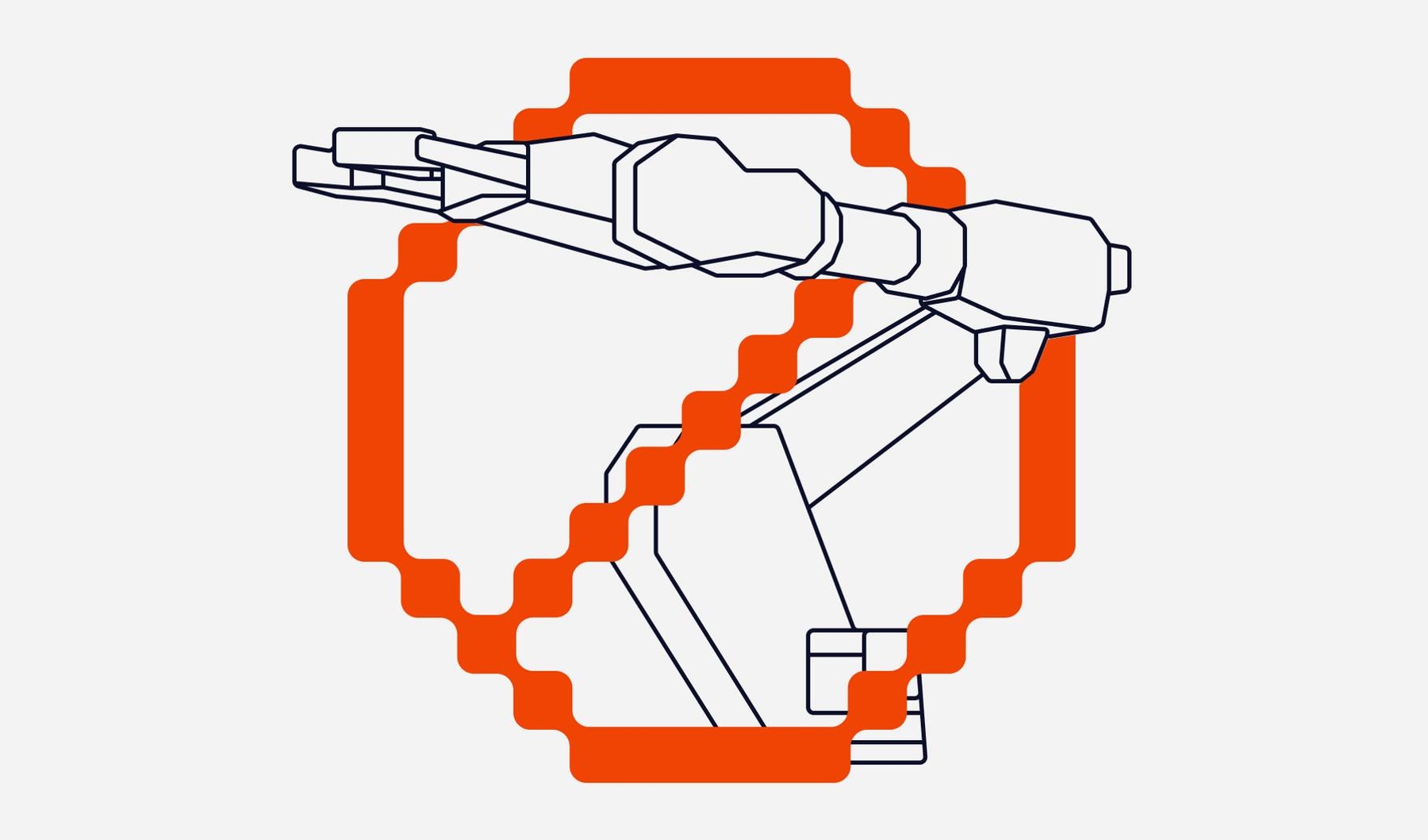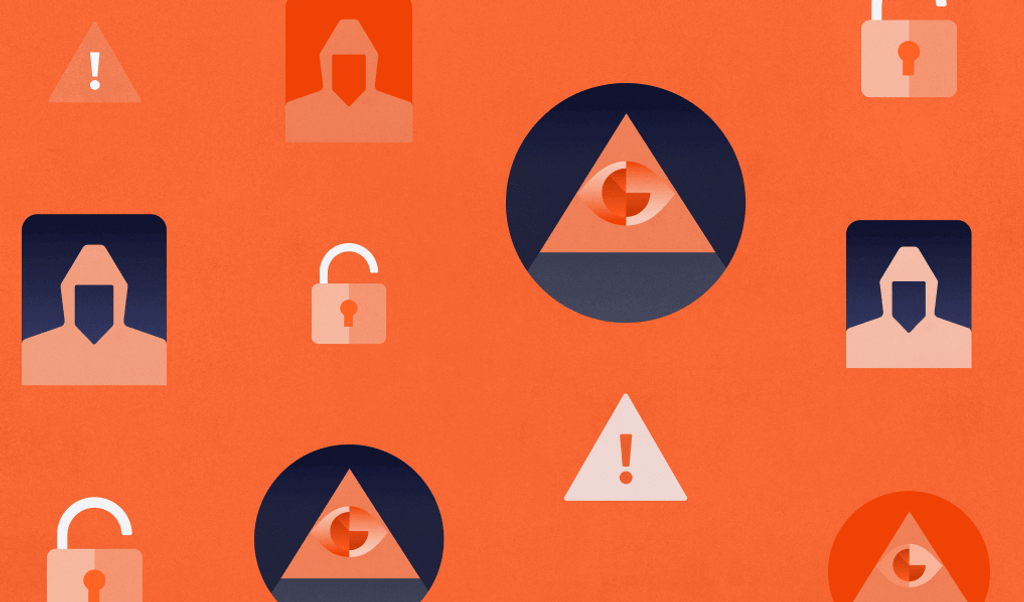
Many online companies use an omnichannel approach to reach customers, integrating multiple digital touchpoints, such as websites, email, and mobile apps, to create a seamless customer experience. The increased digitization allows businesses to better anticipate client needs and create a more convenient shopping journey.
However, with new technology comes new security risks. Many companies find it increasingly challenging to navigate today's interconnected retail landscape. With the growing popularity of online shopping and mobile payments, fraudsters are constantly looking for vulnerabilities and ways to exploit the system.
While the risks are ever-evolving, you can better protect your company's finances, reputation, and customer trust by understanding the different types of omnichannel fraud and implementing a comprehensive security solution.
In this article, we'll dive deep into omnichannel fraud, uncovering how it works and the different tactics fraudsters use to carry out their schemes. Most importantly, we'll explain a few omnichannel fraud prevention techniques and how you can leverage tools like digital identity platforms to safeguard your business.
What is omnichannel fraud?
Omnichannel fraud is a sophisticated form of financial crime that can occur through a variety of digital channels, such as ecommerce websites, social media platforms, or mobile applications. This criminal activity seeks to exploit weaknesses in payment systems and customer accounts, aiming to siphon off funds without physical interactions between perpetrators and victims. To achieve these goals, cyber-criminals may use a range of malicious techniques, such as installing malware and phishing scams that can lead to identity theft, stolen credit card data, or unauthorized access to bank accounts.
How does omnichannel fraud work?
So how do scammers take advantage of the omnichannel system? Let's break it down with an example of a common entry point for fraud: [Buy-Online-Pickup-In-Store (BOPIS)] (/blog/BOPIS-Fraud/).
It all starts with creating an account for an online retailer. Fraudsters create many accounts simultaneously, using false identities and stolen credit cards. Typically, billing and shipping address inconsistencies would be flagged as suspicious. Since the products will be picked up in-store, many retailers do not require a valid shipping address, giving scammers a free pass to use a P.O. box or even a fake address.
After placing the order, the fraudster visits the store to pick up the item. They might present a fake I.D. that matches the name on the stolen credit card, further reducing the risk of detection. Unaware of the phony transaction, the store personnel handed over the item to the fraudster.
The scammer might cancel the order shortly before pick-up, causing additional confusion. Since the offline and online portions of the business may suffer from a delay in communication, this gives the scammer a chance to obtain the item from the store yet still receive a refund for the item online.
The impact of omnichannel fraud
Omnichannel retail fraud can impact businesses and customers alike. Perhaps the most harmful result of these phony transactions comes in the form of chargebacks. When customers or legitimate cardholders dispute fraudulent charges, businesses are often held liable and must refund the transaction amount. This process can be expensive and time-consuming and usually lets the scammer get away scot-free.
While the financial impact is enough to damper many businesses, the blow to a company's reputation can be far more damaging and harder to quantify. Omnichannel fraud can severely tarnish a brand's reputation, as customers may lose trust in the brand after experiencing fraud or hearing about widespread incidents. Ultimately, the loss of trust leads to decreased customer loyalty and even a decline in future sales.
Common types of omnichannel fraud scams
The first step to preventing omnichannel fraud is knowing its many forms. If you can learn to recognize a scam as it's happening, you can stay one step ahead of the fraudsters and prevent dreaded chargebacks.
Account takeover
The most common type of omnichannel fraud is account takeover. Cyber-criminals gain unauthorized access to a user's account, often through phishing or malware. Once logged in, they can change passwords, addresses, and even make fraudulent purchases.
Card not present (CNP) fraud
CNP is another type of fraud to be aware of. It’s when a fraudster uses stolen credit card information to make online or over-the-phone purchases without owning the card. With the rise of ecommerce, this type of fraud is becoming more common, and it is still difficult for many merchants to detect.
Card cracking
Another common form of omnichannel fraud is known as card cracking. Fraudsters acquire stolen card information on the dark web, through data leaks, or by stealing someone's physical card. However, they cannot use the card without all the crucial details.
Mobile payment fraud
With many customers using their smartphones to buy things online, most online retailers have an accompanying mobile app to make the experience more convenient. However, this opens up additional security threats, particularly mobile payment fraud.
Fraudsters exploit vulnerabilities in mobile payment platforms and apps, such as weak authentication or insufficient encryption, to access users' accounts, make unauthorized transactions, or intercept sensitive data.
Triangulation fraud
Triangulation fraud is a complex scheme where a fraudster sets up a fake online storefront, collects payment from unsuspecting customers, and then uses stolen credit card information to purchase the items from a legitimate retailer, ultimately shipping the items to the customer. This whole process creates a triangle of transactions that can be difficult to trace.
The fraud is successful when the original cardholder notices the suspicious transaction, files a chargeback against the legitimate merchant, and leads to financial losses, while the fraudster escapes without repercussions.
Synthetic ID fraud
Synthetic identity fraud entails fabricating an entirely new false identity by manipulating existing data, such as social security numbers (SSN) and addresses. Fraudsters employ a mix of newly concocted details and slightly altered personal information, such as modifying a single digit of an individual's SSN, to lend credibility to the synthetic identity. Scammers can use these synthetic identities to open new accounts, obtain credit, or make purchases, leaving unsuspecting victims and businesses to deal with the aftermath.
Coupon and promo abuse
Coupon and promo abuse can lead to significant financial losses for businesses. In this scam, bad actors exploit promotional offers, discounts, or coupons by creating multiple fake accounts, using stolen information, or manipulating the system to gain unauthorized benefits.
Bot attacks
The craftiest fraudsters automate their scams to increase their illicit gains. Bot attacks are the secret weapon of scammers who can operate significantly, helping out in many forms of omnichannel fraud, such as account takeover attempts, making multiple purchases to exploit promotions, or even creating fake accounts.
How to prevent omnichannel fraud?
With so many forms of omnichannel retail fraud, implementing a comprehensive solution is the only surefire way to stop it. However, doing so without negatively impacting your customer's buying experience is the difficult part. Improving your online user identification is crucial in slowing down scammers without hurting your customers.
Data encryption
The most obvious first choice is encrypting your user's sensitive data. Data encryption ensures that sensitive information is protected in transit and at rest. Encoding data makes it much harder for hackers to intercept and exploit it for nefarious purposes. Data encryption is also one of the easiest solutions to implement, with multiple forms of encryption readily available such as Advanced Encryption Standard (AES) and RSA (Rivest-Shamir-Adleman).
Multi-factor authentication
Multi-factor authentication (MFA) adds an extra layer of security by requiring users to provide two or more forms of identification before granting access to their online accounts. This can be in the form of sending a verification text or email. As a result, MFA helps protect against account takeovers and unauthorized transactions, making it significantly more challenging for fraudsters to access accounts with only a single piece of compromised information.
Digital identification solution
Using a digital identification solution, like Fingerprint, is one of the best ways to add a robust layer of protection to your omnichannel business. By analyzing unique behavioral and device data, these solutions can verify the identity of your users in real-time, causing a significant stumbling block for would-be scammers.
Conclusion
Ultimately, it is essential to understand the various types of omnichannel fraud, their impacts, and ways to protect your business. The repercussions of such crimes can be wide-reaching and long-lasting, so taking the proper steps to prevent them is essential. Leveraging the fraud prevention methods such as data encryption and authentication, coupled with cross-channel tracking and implementing a digital identification solution, will cement your organization’s dedication to security and excellent customer service for years to come.
FAQ
Omnichannel fraud can manifest in various ways across different industries. For instance, in retail, a fraudster might use stolen credit card information to make online purchases and then return the items in-store for cash. In banking, someone could use phishing techniques to gain access to a customer's online banking details and then withdraw money at a physical branch.
Small businesses can effectively implement omnichannel fraud prevention strategies by focusing on several key areas. They should prioritize customer education, as informed customers are less likely to fall victim to fraud. Businesses can also invest in fraud detection software that provides real-time alerts of suspicious activity. While this may require an initial investment, it could save the business significant amounts of money in the long term by preventing fraud.
Regarding the prevalence and difficulty of detecting certain types of omnichannel fraud, it often depends on the sophistication of the fraudsters and the security measures in place. For example, identity theft is a common type of fraud that can be challenging to detect because fraudsters often use real customer information. However, with advanced fraud detection systems that can identify unusual behavior patterns, businesses can increase their chances of catching this type of fraud.



